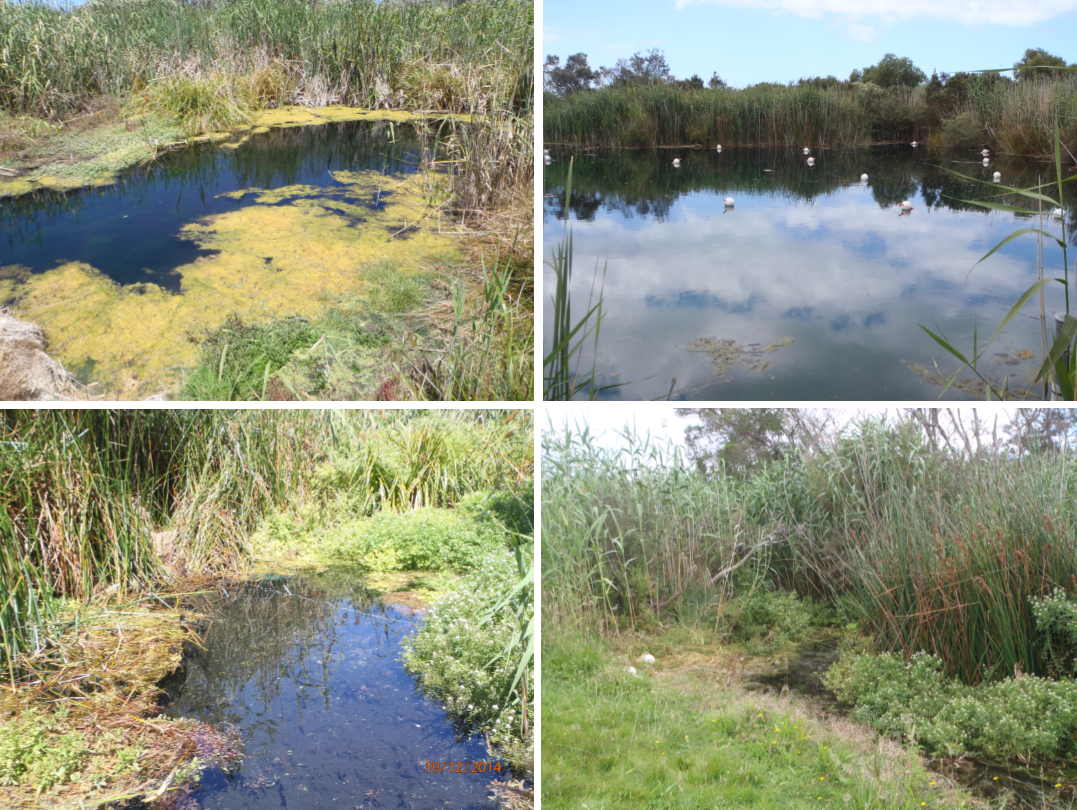Glenelg spiny freshwater crayfish back in the spotlight
The karst rising-springs (KRS) around Port MacDonnell represent an important but threatened ecosystem supporting a diverse range of flora and fauna, including the nationally endangered Glenelg Spiny Freshwater Crayfish Euastacus bispinosus and the nationally vulnerable Variegated Pygmy Perch Nannoperca variegata. In South Australia, Glenelg Spiny Crayfish occur exclusively within these habitats, which were recently recognised as being part of a nationally threatened ecological community under the EPBC Act (see previous story).

While some KRS systems are located within the Ewens Ponds and Piccaninnie Ponds Conservation Parks, there are smaller (yet important) springs and creeks that occur on private land or within drainage reserves. Condition varies between sites and all KRS systems are subject to broader hydrological changes that are influenced by activities far beyond the extent of these KRS sites.

Surveys conducted by Aquasave-NGT over the past 15 years show consistent and concerning declines of Glenelg Spiny Crayfish populations in the South East. Subpopulations are permanently isolated from one another which has contributed to critically low levels of genetic diversity (through no gene flow). Reduced groundwater levels, reduced spring discharge and increased nutrients have also contributed to the decline of this flow dependent species. While we know populations have been declining, it is unclear to what extent and how many individuals remain in these KRS.
We are excited to announce that NGT have received new funding to obtain population estimates of Glenelg Spiny Crayfish in the South East. Sampling will take place over the summer months and a mark-recapture technique will be used to estimate crayfish numbers. This will provide a clearer indication of the real threat of extinction to some of these subpopulations and therefore assist in prioritising management interventions to help conserve the species. Surveys will occur throughout the summer months of 2021/2022.
A major focus of the 12-month project is engaging with the broader community to raise more awareness about the vulnerability of these unique but threatened ecosystems. We will be hosting a public event at Ewens Ponds early in the 2022, allowing community members to learn more about the species. They will have the option of snorkelling the ponds and contributing to the research by reporting any sightings of crayfish they spot. More on this to come!
Finally, we will be asking community members to participate in an online survey over the coming months which will enable us to collect historical information on Glenelg Spiny crayfish populations in the South East. Additionally, local traditional owners will be invited to share their cultural knowledge and history on the species and KRS ecosystems. We are really excited to learn more about the history and cultural significance of these unique ecosystems and look forwarding to sharing the findings with you all over the next 12 months.
This project is supported by the Limestone Coast Landscape Board’s Grassroots Grants program, and is funded by regional landscape and water levies.

